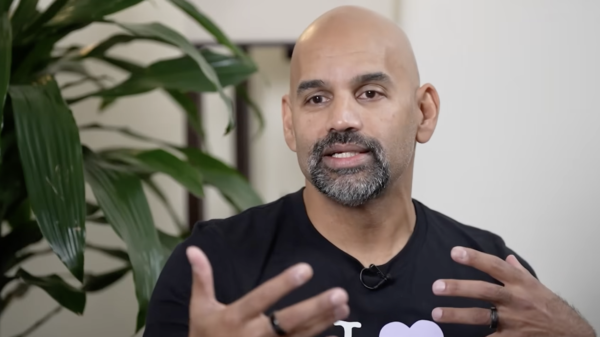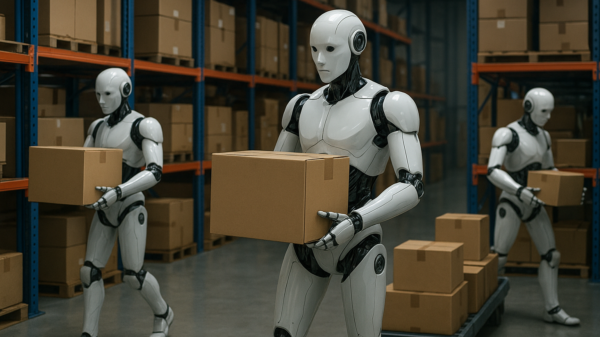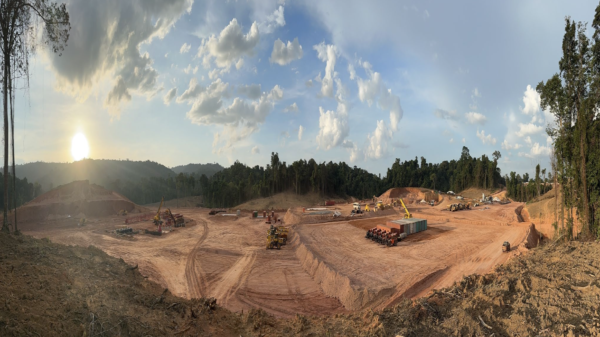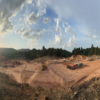A coalition of companies in China are looking to improve the application of artificial intelligence (AI) in the mining industry.
On Tuesday, Shandong Energy Group and Huawei launched the Pangu mine model, which they believe will help AI model development grow to factory-scale sizes.
The two companies have developed AI applications for mining operations. These applications were developed and tested in real-world production environments. They cover 21 different scenarios related to nine activities in mining, including coal mining, tunnelling, transportation, safety monitoring and more. The goal is to improve efficiency and safety in coal mining, rock burst prevention, coal preparation and coking processes.
The Pangu Mining Model uses data to train itself, allowing it to learn on its own without supervision in over 300 important coal mining scenarios. It applies AI technology to tasks like digging, creating tunnels, operating machinery, transporting materials, and communication in coal mining.
“As a world-leading ICT infrastructure and smart device provider, Huawei shares Shandong Energy’s goal of digital transformation,” said Li Wei, chairman of Shandong Energy.
“The two companies are complementary to each other and are mutually reinforcing. We aim to improve the intelligence level of the mining industry by expanding the depth and breadth of AI application in different scenarios, and continually using AI to deliver more automation, achieve greater efficiency, reduce labor intensity and improve safety in the mining industry.”
The system has been created to resolve problems in mining such as rock bursts.
Rock bursts are sudden and powerful releases of energy from rocks in mines, causing rocks to be forcefully ejected, posing a dangerous threat to mining operations and workers.
These are a major problem in mining and preventing them requires drilling good quality destress holes.
Shandong Energy, a state-owned coal mining company in China, has solved this problem its Lilou and Xinjulong coal mines by using a large AI model. This model can analyze the quality of stress relief drilling using visual recognition technology.
It assists the personnel responsible for rock burst prevention by verifying the quality, reducing their workload by 82 per cent. Previously, it took three days to complete these checks, but now it only takes 10 minutes with a 100 per cent acceptance rate.

Li Wei, Chairman of Shandong Energy Group Co., Ltd shared speech. Image via Huawei.
Read more: Scaling AI is the top priority for 78% of information executives: MIT Technology Review Insights
Read more: Huawei launches new artificial intelligence model for industrial applications
Pangu Mine program focuses on group management
In 2022, Shandong Energy and Huawei joined forces to establish an innovation center. Their aim was to improve mining operations by introducing the Pangu Model.
The innovation center’s AI system utilizes central training, edge inference, cloud-edge coordination, continuous learning and optimization. The management system of the center focuses on group management and coal mine execution.
This transformation has shifted coal production management from reactive and manual processes to proactive and intelligent methods.
“AI will continue to power the upgrading of the mining industry, and play an important role in making coal production safer, greener and semi- or fully-automated,” said Zou Zhilei, chairman of Huawei Mine BU.
“Huawei will continue to dive deep into industry transformation, and make the powerful capabilities of the Pangu Model available to a wider range of industries. We will enable partners and work with them to solve industry problems in specific scenarios, creating greater value.”
The Pangu Model has multiple applications outside of mining as well. One such example is with the railway industry, wherein the model is used to improve safety and efficiency in the railway industry for freight trains while reducing on-site labor. It also accurately detects transportation issues like large coal blocks and anchors with up to 98 per cent accuracy.
Follow Joseph Morton on Twitter
joseph@mugglehead.com














